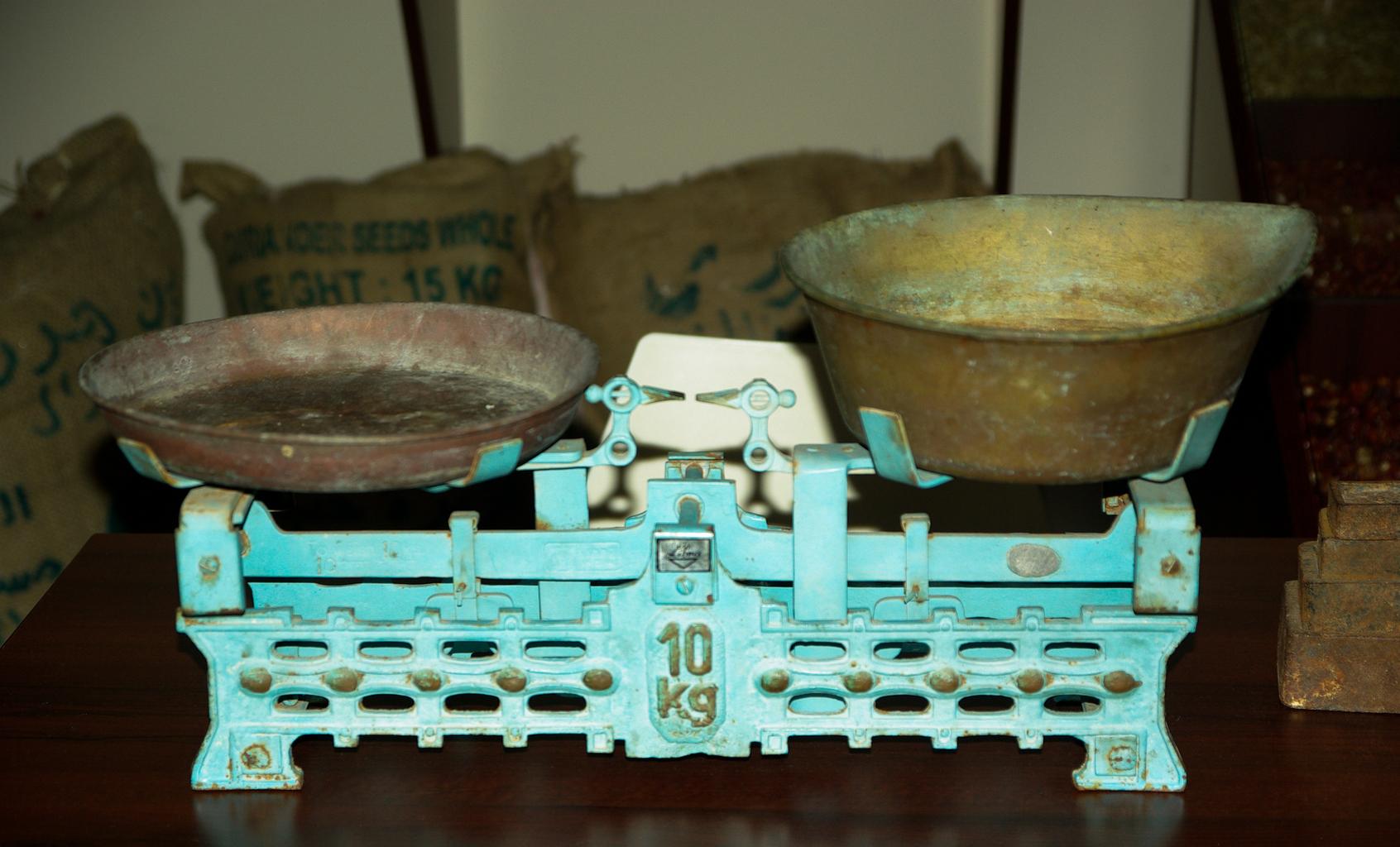Convert Multiple Columns to Numeric in R, Using the dplyr package, you can change many columns to numeric using the following techniques.
The examples that follow demonstrate each technique in action.
Calculate the p-Value from Z-Score in R – Data Science Tutorials
Example 1: Convert Specific Columns to Numeric
Let’s say we have the R data frame shown below:
df <- data.frame(team=c('TeamA', 'TeamB', 'TeamC', 'TeamD', 'TeamE'),
position=c('POS-1', 'POS-1', 'POS-1', 'POS-2', 'POS-2'),
assists=c('323', '528', '351', '239', '634'),
rebounds=c('230', '228', '124', '324', '128'))
Now we can view the structure of the data frame
str(df)
'data.frame': 5 obs. of 4 variables: $ team : chr "TeamA" "TeamB" "TeamC" "TeamD" ... $ position: chr "POS-1" "POS-1" "POS-1" "POS-2" ... $ assists : chr "323" "528" "351" "239" ... $ rebounds: chr "230" "228" "124" "324" ...
Every column in the data frame is currently a character, as can be seen.
We may use the following code to only numeric the columns for assists and rebounds.
How to perform a one-sample t-test in R? – Data Science Tutorials
library(dplyr)
df <- df %>% mutate_at(c('assists', 'rebounds'), as.numeric)
display the changed data frame’s structure
str(df)
'data.frame': 5 obs. of 4 variables: $ team : chr "TeamA" "TeamB" "TeamC" "TeamD" ... $ position: chr "POS-1" "POS-1" "POS-1" "POS-2" ... $ assists : num 323 528 351 239 634 $ rebounds: num 230 228 124 324 128
The columns for rebounds and assists are now both numeric, as we can see.
Example 2: Transform every character column to a number
Let’s say we have the R data frame shown below
Let’s create a data frame
df <- data.frame(ranking=factor(c(11, 14, 13, 11, 12)),
assists=c('102', '120', '68', '151', '415'),
points=c('313', '128', '231', '339', '534'),
rebounds=c('450', '280', '241', '242', '282'))
Let’s view the structure of the data frame
Two Sample Proportions test in R-Complete Guide – Data Science Tutorials
str(df)
'data.frame': 5 obs. of 4 variables: $ ranking : Factor w/ 4 levels "11","12","13",..: 1 4 3 1 2 $ assists : chr "102" "120" "68" "151" ... $ points : chr "313" "128" "231" "339" ... $ rebounds: chr "450" "280" "241" "242" ...
Three of the data frame’s columns are character columns, as can be seen.
We can employ the following syntax to change all character columns to numbers:
library(dplyr) df <- df %>% mutate_if(is.character, as.numeric)
Now we can view the structure of the updated data frame
Dealing With Missing values in R – Data Science Tutorials
str(df)
'data.frame': 5 obs. of 4 variables: $ ranking : Factor w/ 4 levels "11","12","13",..: 1 4 3 1 2 $ assists : num 102 120 68 151 415 $ points : num 313 128 231 339 534 $ rebounds: num 450 280 241 242 282
The character columns are now fully numerical, as can be seen.











